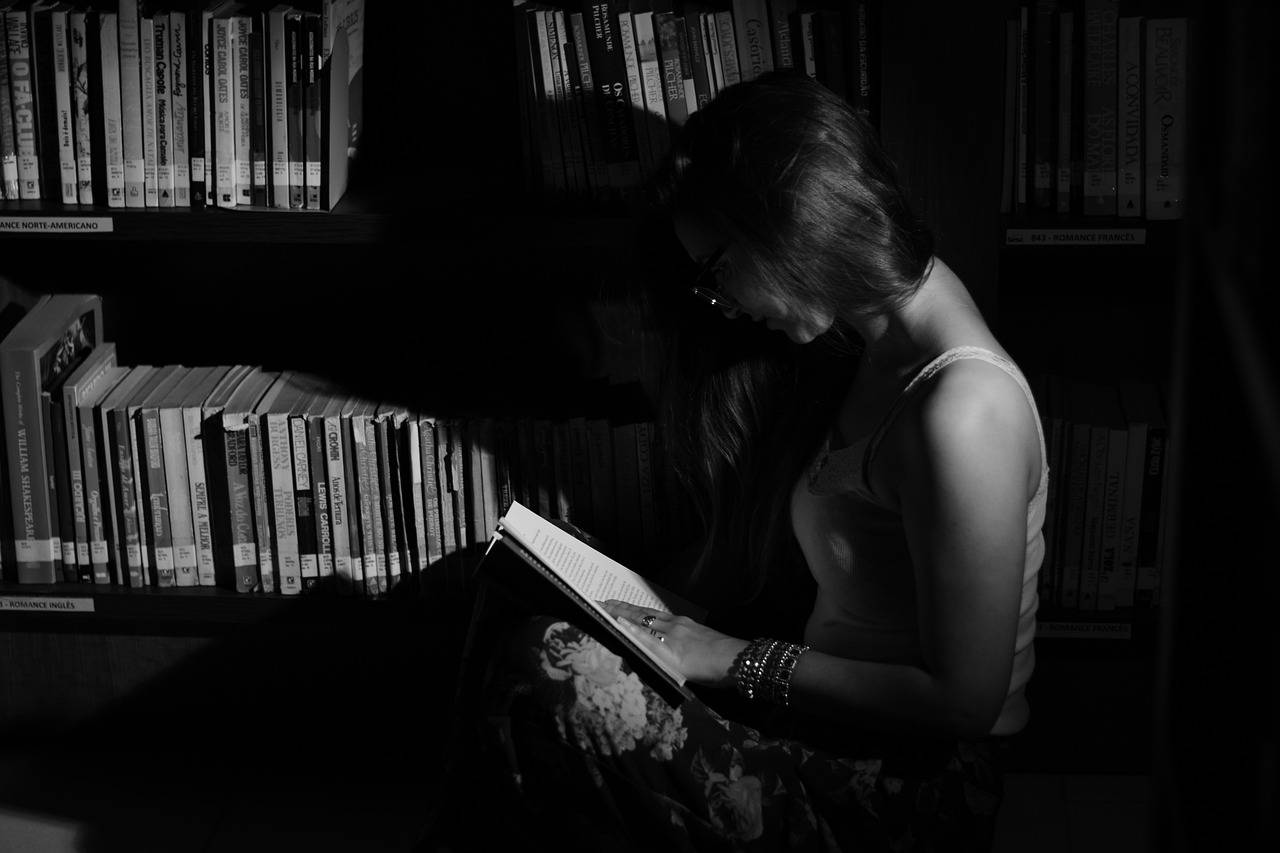Understanding Learning Disabilities and Strategies for Support
Learning disabilities can manifest in various forms, affecting individuals in unique ways. Dyslexia is a common learning disability that impacts reading and language skills, making it challenging for individuals to decode words, spell accurately, and comprehend written material. Dyscalculia is another type of learning disability that hinders one’s ability to grasp mathematical concepts and perform arithmetic operations accurately.
Another prevalent learning disability is dysgraphia, which affects a person’s ability to write coherently and legibly. Those with dysgraphia may struggle with handwriting, spelling, and organizing their thoughts on paper. Individuals with dyspraxia experience difficulties with motor skills and coordination, impacting their ability to plan and execute tasks that involve movement and coordination. These different types of learning disabilities highlight the diverse ways in which individuals may struggle academically and functionally.
Common Signs and Symptoms of Learning Disabilities
Students with learning disabilities may exhibit difficulties in acquiring and using listening, speaking, reading, writing, reasoning, or mathematical skills. Oftentimes, they struggle to follow instructions, organize information, or complete tasks in a timely manner. Additionally, these individuals may have trouble with basic skills like spelling, handwriting, and basic math operations.
Furthermore, individuals with learning disabilities might find it challenging to decode written words, comprehend reading material, or express their thoughts coherently. They may also experience difficulties with memory, spatial awareness, or understanding abstract concepts. In some cases, these challenges can lead to frustration, low self-esteem, and behavioral issues both in and outside of the classroom.
What are some common types of learning disabilities?
Some common types of learning disabilities include dyslexia, dyscalculia, dysgraphia, ADHD, and auditory processing disorder.
What are some common signs and symptoms of learning disabilities?
Common signs and symptoms of learning disabilities include difficulty with reading, writing, math, organization, memory, following directions, and staying focused.
Can learning disabilities be diagnosed at any age?
Yes, learning disabilities can be diagnosed at any age, but they are often identified during childhood when the individual is in school.
How can I help someone with a learning disability?
You can help someone with a learning disability by providing support, understanding, and accommodations. It’s important to work with professionals to develop a personalized plan for success.
Are there treatments available for learning disabilities?
While learning disabilities cannot be cured, there are various treatments and strategies available to help individuals manage their symptoms and succeed in school and other areas of life. It’s important to work with professionals to determine the best approach for each individual.





